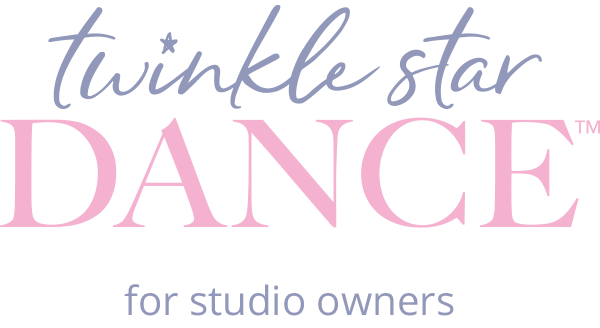As a dance studio owner, you wear countless hats: teacher, leader, mentor, marketer, business strategist, and so much more. With so many responsibilities, it’s easy to lose sight of who you are at your core. But here's the truth, your greatest asset isn’t your curriculum, your branding, or your class schedule. It’s you.
More specifically, it’s your character strengths—the unique, positive traits that come most naturally to you. When you know and embrace them, they become powerful tools that help you lead with confidence, connect with your community, and show up authentically in everything you do.
What Are Character Strengths?
Character strengths are the positive parts of your personality that influence how you think, feel, and behave. Based on research in positive psychology, the VIA Institute on Character identifies 24 universal strengths—like creativity, leadership, perseverance, kindness, and humor—that each of us express in varying degrees.
As a studio owner, you likely use these strengths every day—whether you’re calming a nervous toddler before class, guiding your team through recital season, or launching a new program with bold creativity.
Discovering Your Top Strengths
The first step is self-discovery. The VIA Character Strengths Survey is a free, science-backed assessment that ranks your 24 strengths in order. Your top five—your “signature strengths”—are the ones that come most naturally to you and energize you when used.
Take the assessment with curiosity, not judgment. There’s no “ideal” set of strengths for a studio owner. A leader with high humor and zest might create a studio culture that’s joyful and lighthearted. Another with strengths in prudence and perseverance may run a tight, efficient ship that thrives on consistency and long-term vision.
Using Your Strengths to Your Advantage
Once you’ve identified your top strengths, the magic lies in intentionally applying them in your daily work. Here’s how:
1. Lead with Authenticity
When you operate from your strengths, your leadership feels more natural and confident. If kindness is a top strength, use it to create a nurturing environment for your staff and students. If creativity ranks high, lean into innovative programming or imaginative recital themes. You’ll feel more aligned—and others will feel more connected to the real you.
2. Make Better Decisions
Your strengths can guide you through tough choices. For example, if you’re high in fairness, you may naturally seek equity when resolving staff conflicts. If bravery is a strength, you may be more willing to take bold business leaps others might shy away from.
3. Strengthen Relationships
Your character strengths aren’t just about how you lead—they shape how you relate. Recognizing your own strengths helps you appreciate and identify strengths in others. This builds mutual respect, deepens team trust, and creates a culture where everyone feels seen and valued.
4. Prevent Burnout
You’re most energized when using your signature strengths. If you feel drained, it might be a sign you’re spending too much time outside of them. For example, if social intelligence is a top strength but you’re isolated behind your desk all day, consider shifting tasks or schedules to allow more time for connection.
Showing Up Authentically
Authenticity isn’t about being perfect—it’s about being real. When you know your strengths and lead from them, you naturally exude confidence, consistency, and trust. Parents notice. Dancers feel it. Your team rallies behind it.
You don’t have to copy the studio owner down the road. You just need to lean into what already makes you you.
Your character strengths are a compass, not a script. They won’t solve every challenge, but they’ll help you approach them with clarity and confidence. They remind you that your uniqueness is your power—and that by embracing your strengths, you can build a studio that’s not just successful, but soulfully aligned.
So go ahead—take the assessment, reflect on your results, and start showing up as the most authentic version of yourself. Your dancers—and your business—will thank you for it.
Connect at Pinnacle Dance Conference and Retreat
Learn more about living your signature strengths at Tiffany Henderson’s Pinnacle Dance Conference and Retreat July 18-20, 2025 at the Omni Royal Orleans in New Orleans, LA. Immerse yourself in three days of dance movement classes, business seminars from leaders in the industry, plus preview the all new Dance Positive courses within a like-minded community of dance educators.
